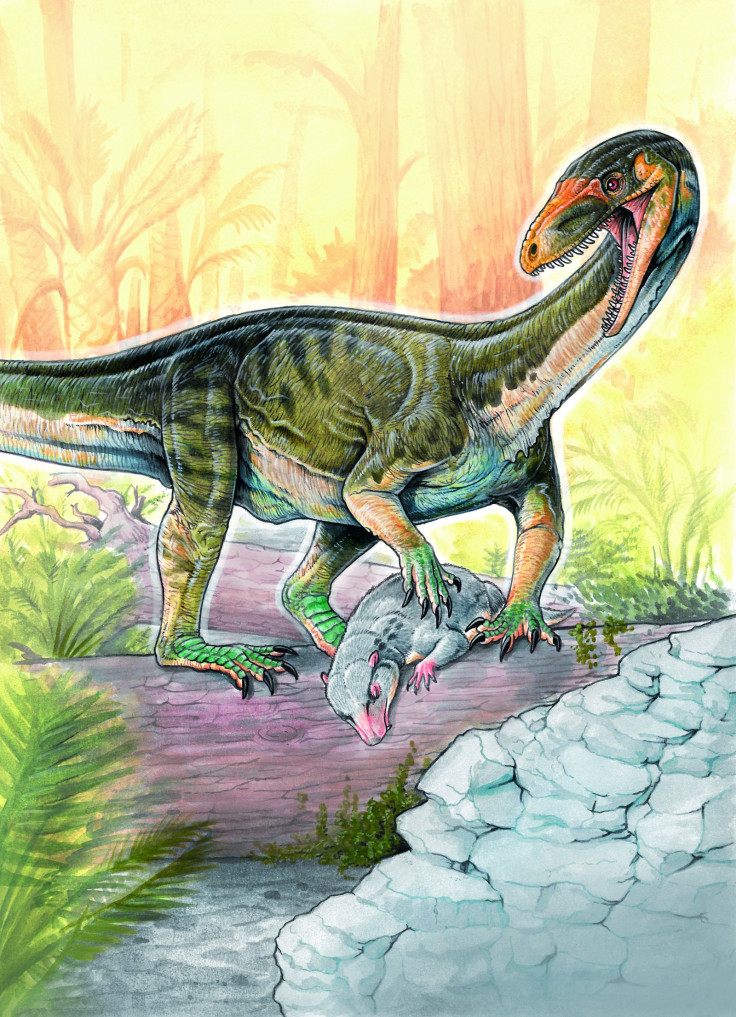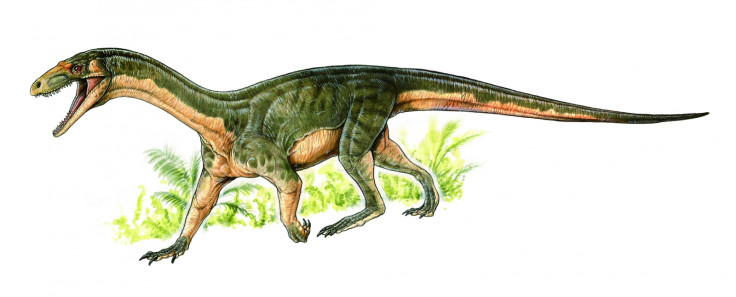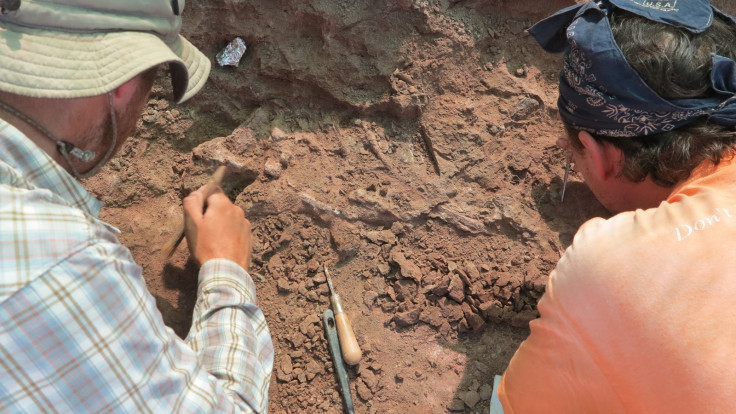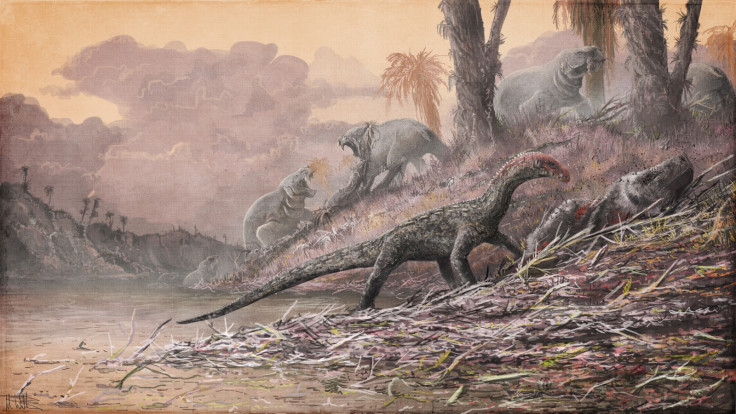Early dinosaur cousin looked like a strange hybrid of a dinosaur and a crocodile
The dinosaur relative Teleocrater had features in common with crocodilians, dinosaurs and birds.
A discovery of fossil bones of one of the earliest dinosaur relatives shows a creature that is a mesh of crocodilian and dinosaur-like features.
The discovery of an odd-looking species named Teleocrater rhadinus has filled a gap in the fossil record just before the origin of dinosaurs. The find is described in a paper published in the journal Nature. The reptile lived in what is today Tanzania 245 million years ago in the Middle Triassic epoch. At this time the world's continents were still joined together in the supercontinent Pangea.
Four-legged walk
Teleocrater rhadinus reptile walked on four legs, rather than two, with ankle bones of a crocodilian but also had features that were distinctly dinosaur-like. The reptile was a lightly built carnivore between about 7 and 10 feet long.
The discovery has turned several accepted theories about dinosaurs on their heads. Several features thought to be unique to dinosaurs in fact are already present in Teleocrater rhadinus, showing that they evolved much earlier.
80 years to solve the Teleocrater riddle
Teleocrater fossils were first discovered in 1933, and studied at the Natural History Museum in London in the 1950s. But incomplete skeletons made it hard to see exactly where in the evolutionary family tree of dinosaurs, birds and crocodilians these species sat. When Teleocrater ankle bones were discovered, scientists could get a much clearer picture of what the reptile would have looked like.
"It's so exciting to solve puzzles like Teleocrater, where we can finally tease apart some of these tricky mixed assemblages of fossils and shed some light on broader anatomical and biogeographic trends in an iconic group of animals," said study author Michelle Stocker of Virginia Tech in the US.

The reptile has been allocated to an entirely new clade of reptiles called Aphanosauria. This group is a peculiar mixture of features from the last common ancestor of all birds, the crocodilians and the dinosaurs. Teleocrater rhadinus is a member of the bird lineage, after the split from the crocodilians but before the split between the pterosaurs and the dinosaurs.
Early dinosaur relatives like Teleocrater lived in present-day Russia, India, Brazil and, now we know, Tanzania. This is also thought to be where some of the earliest dinosaurs evolved, such as Nyasasaurus.

"The discovery of such an important new species is a once-in-a-lifetime experience," said Sterling Nesbitt, also a study author at Virginia Tech.
The researchers' next steps will be to excavate more sites in Tanzania to find more parts of Teleocrater to clear up other aspects of its appearance.

Study co-author Richard Butler of the University of Birmingham in the UK added: "Dinosaurs were amazingly successful animals. It's natural to want to know where they came from, and how they became so dominant.
"It's astonishing to think that it's taken more than 80 years for the true scientific importance of these fossils to be understood and published. Teleocrater fundamentally challenges our models of what dinosaur relatives would have looked like."

© Copyright IBTimes 2025. All rights reserved.






















